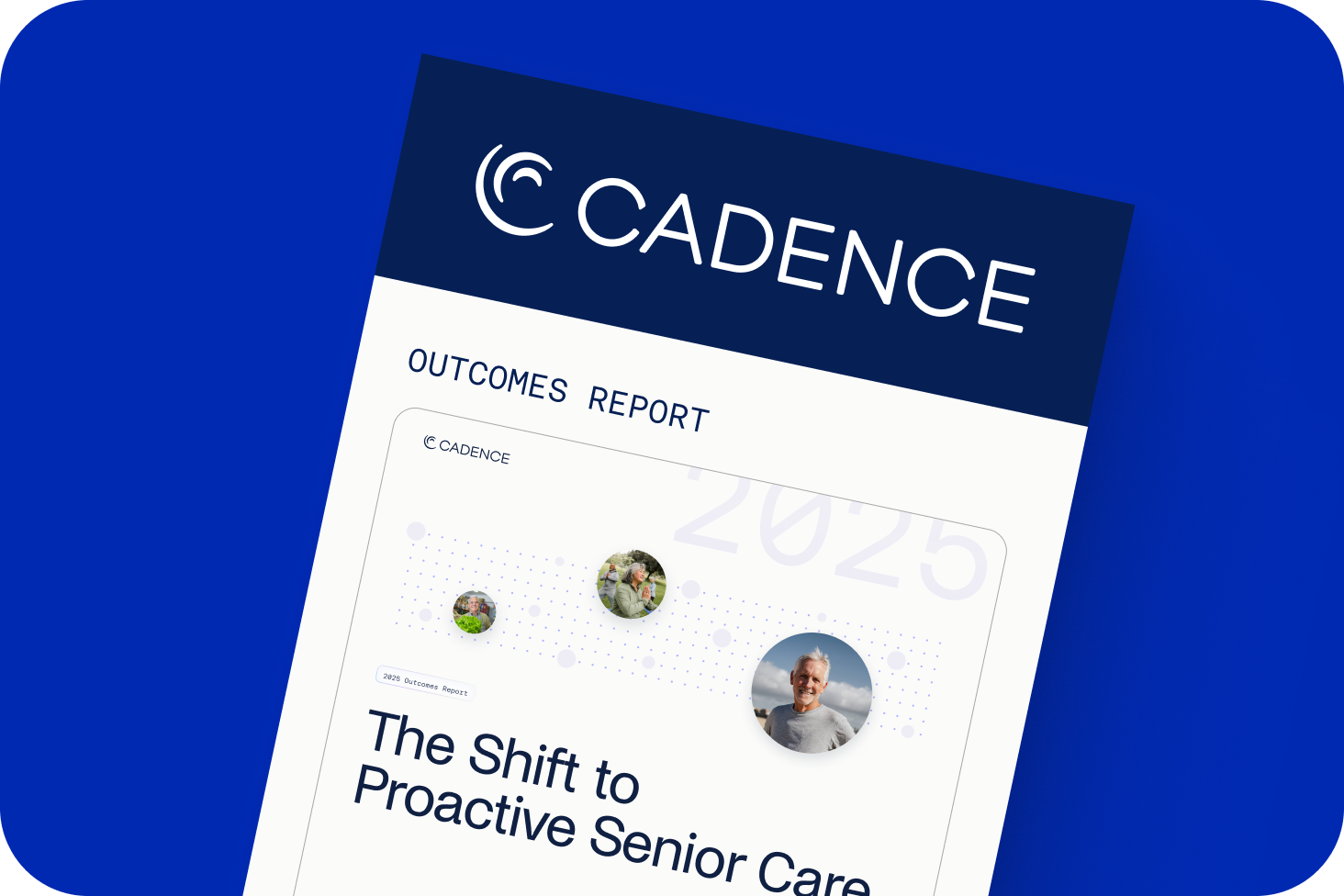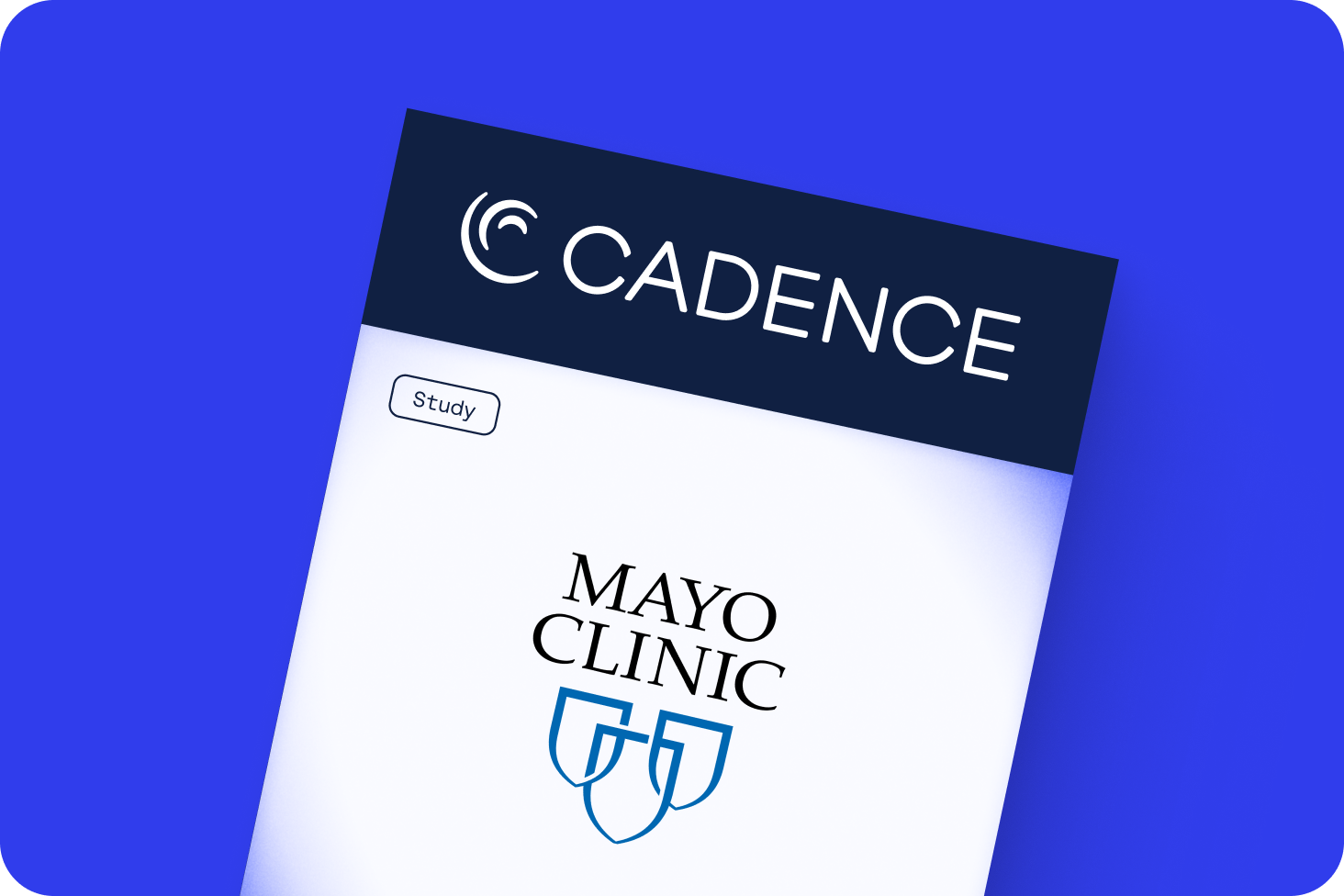Why I embraced remote patient monitoring: A cardiologist perspective

It's a dilemma that we as cardiologists know all too well: One patient has white-coat hypertension, where their blood pressure is elevated only when they come to your office for an appointment. Another patient has masked hypertension, where their blood pressure is normal in your office but consistently elevated on home measurements. Both instances highlight the value of frequent home-based blood pressure monitoring via remote patient monitoring (RPM).
RPM supports more frequent blood pressure measurements, and in doing so, prevents clinicians from inappropriately starting or deferring treatment based on a single measurement in time. That's one of the many reasons I've come to embrace RPM, an alternative technology-powered solution, which, with more routine monitoring, allows us to more accurately diagnose and control blood pressure long-term — resulting in improved clinical outcomes.
Research has pointed to ambulatory monitoring as a much more accurate gauge of blood pressure and predictor of clinical outcomes, including all-cause mortality, heart failure, and stroke. As an early adopter and promoter of at-home blood pressure monitoring, it was apparent these solutions were limited to our most technologically savvy patients because they were less user friendly. To avoid worsening health disparities, it became imperative to make these solutions available to all patients, regardless of their comfortability around technology.
Device manufacturers answered the bell and have delivered in a big way. Today, we can offer patients multiple user-friendly devices to be used in the comfort of their own home. In doing so, this has facilitated numerous opportunities for all patients with chronic conditions to enroll in RPM programs. At-home blood pressure monitoring is no longer limited by patients' ability to use the devices, but rather on the accessibility of high quality RPM programs and buy-in and an order from the referring clinician. When adopted, not only are the clinical results exciting, but patients value having clinical resources and support available outside the four walls of the hospital or clinic.
For these reasons, I believe that RPM, coupled with a multi-disciplinary care delivery team, will play a transformative role in how quality, equitable healthcare gets delivered in the near term for all patients with chronic conditions, including hypertension and congestive heart failure.
Why cardiologists should be excited about remote patient monitoring
First, monitoring a patient’s blood pressure on a routine basis will result in more objective data, which leads to more accurate diagnosis, more appropriate treatment, and ultimately improved blood pressure control and clinical outcomes. As opposed to the outpatient setting, where visits occur every three to six months and medication titrations are often too aggressive — resulting in side effects — or not aggressive enough — resulting in inadequate control — medication titrations via clinical RPM programs can be slow and safe to ensure adequate control without unintended side effects.
Additionally, tracking and regulating blood pressure on a consistent basis is critical to optimize the risk associated with hypertension. There is a graded increase in the risk of life-threatening adverse events like heart attacks and strokes when blood pressure is uncontrolled. To limit the occurrence of these major adverse cardiovascular events, blood pressure must be controlled throughout the course of the day. Unfortunately, to accomplish this safely and without unintended side effects, patients must visit their physician multiple times throughout the course of a year to facilitate implementing a blood pressure regimen that is effective. In fact, 70 percent of people who require medication for blood pressure control need between two and four medications to keep it below goal. And yet the rates of controlled hypertension are sub-optimal, which is primarily driven by the difficulty of optimizing medications on an infrequent basis in clinic or during hospitalizations.
These challenges unfortunately apply to the management of all chronic conditions. I strongly believe that RPM can address this problem for patients and providers alike. In addition to solving for fragmented care, RPM can also help engage patients in their care. I often recommend that patients keep a log of their daily blood pressure readings with a goal of <130/80 mmHg written on top of the page. After a few weeks to months, patients begin to pick up on the same trends that clinicians often assess in the clinic, in turn resulting in better understanding and acceptance of a proposed treatment plan. The positive feedback that comes with frequently measuring blood pressure at home and seeing it consistently down trend as medications are optimized also leads to improved rates of medication adherence, which is another key barrier for controlling blood pressure in an outpatient setting.
Lastly, the personal investment in one's health that RPM helps facilitate also greatly impacts adherence to behavioral and lifestyle modifications, which are paramount for helping to control all chronic conditions including hypertension. When I tell a patient that regular physical activity and weight loss will help reduce blood pressure, and in turn cut the number of medications required for blood pressure control, individuals will initially be motivated and boost their activity levels and achieve some weight loss. Maintaining this throughout an office visit cycle (ie. 3,6, or 12 months) can be difficult without any feedback or positive reinforcement. Consider this same situation, but now provide this patient with a blood pressure cuff to allow for regular blood pressure monitoring. Immediately following the office or virtual visit as part of an RPM program, when motivation is highest, patients will be able to see the consistent decrease in blood pressures that results from weight loss and physical activity. In fact, losing just 5 percent of one’s body weight can lead to a 5 to 10 millimeter of mercury reduction in systolic blood pressure — which often equates to adding or up titrating a medication. Ultimately, as patients become more motivated, knowledgeable, and engaged in the daily monitoring of their vitals using RPM, their adherence to lifestyle modifications and medication increases, resulting in improved control of their chronic condition, quality of life and clinical outcomes.
Addressing potential concerns about remote patient monitoring
Some of the biggest concerns about RPM surround the technology and its safety and reliability.
Do the devices themselves work? Fortunately, the quality of the technology has now reached a standard that has pushed Medicare and multiple health plans to recognize this as a valid solution to track clinically meaningful data outside the four walls of the hospital or clinic. In addition, many RPM programs leverage those devices that have been FDA-approved to ensure appropriate device accuracy and safety of the data gathering and transmission. These devices serve as the backbone for successful RPM programs. For example, at Cadence, all patients receive a blood pressure monitor and weight scale for the hypertension and congestive heart failure programs, a blood glucometer and weight scale for the diabetes program, and a pulse oximeter for the COPD program.
Clinicians may also be skeptical that these devices are difficult for many patients to operate on a daily basis. At Cadence, we ensure our team of onsite patient enrollment experts teach patients how to use each device to support program adherence from the start. In our hypertension program, patients do not leave the physician’s office until they've registered a successful blood pressure reading and weight measurement, received a confirmatory text message informing the patient Cadence has received their vitals measurement, and had all of their device and program-specific questions answered.
Moreover, Cadence’s cell-enabled equipment does not require patients to connect to Wi-Fi, log in to a computer, or even open up an app, which makes the technology seamless and easy to use. These advantages have resulted in improved rates of adherence to regular vital measurements for patients enrolled in our programs.
Most importantly, our team is diligently working to show that our programs are positively impacting patient’s quality of life and clinical outcomes. Early results are promising, and more results will be released at the Heart Failure Society of America conference in Washington D.C. in September 2022. As further validation, patients have truly come to appreciate our 24/7 open door policy to assist with all their chronic condition management needs. One of our patients shared his experience and success with Cadence, which can be seen here.
Remote patient monitoring: The way of the future
For all these reasons, I believe that RPM is the way of the present and future for all clinicians and our patients. Cadence’s solution will not only help you engage your patients in their own care, it will also pave the way for better clinical outcomes. By embracing RPM as a part of your practice, you will be able to deliver the tailored and timely treatments that your patients need to manage their chronic conditions outside the four walls of the hospital or clinic.
To learn more about our approach here at Cadence and how it works, visit our Patient Experience page. Also, download our new podcast Cadence Conversations, where we discuss RPM technology and the future of health care with leading physicians and experts.






